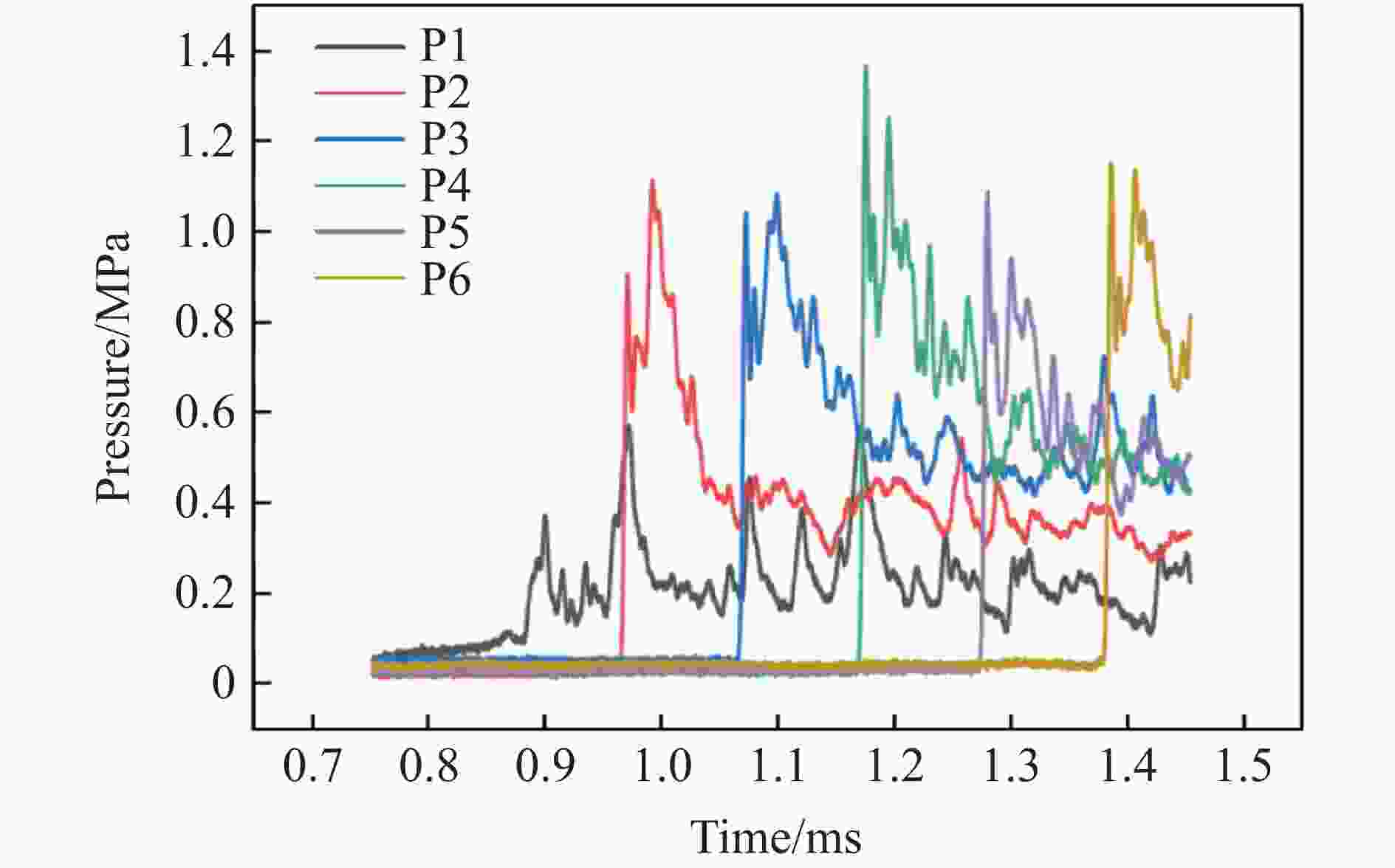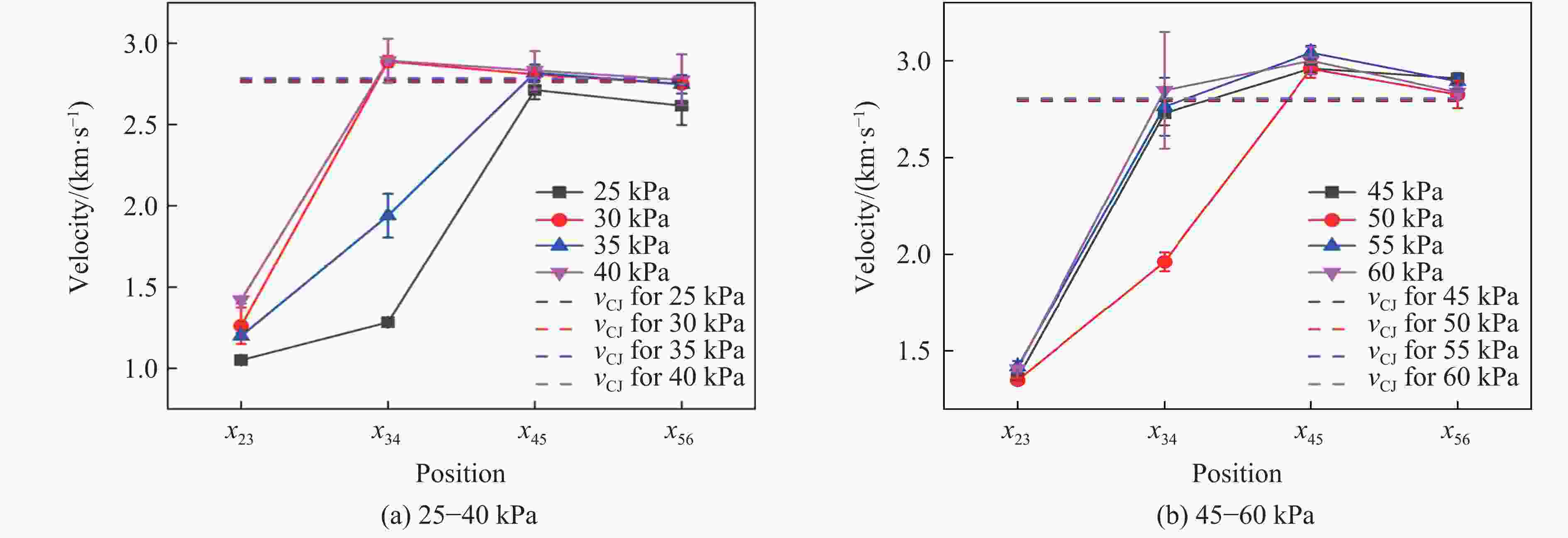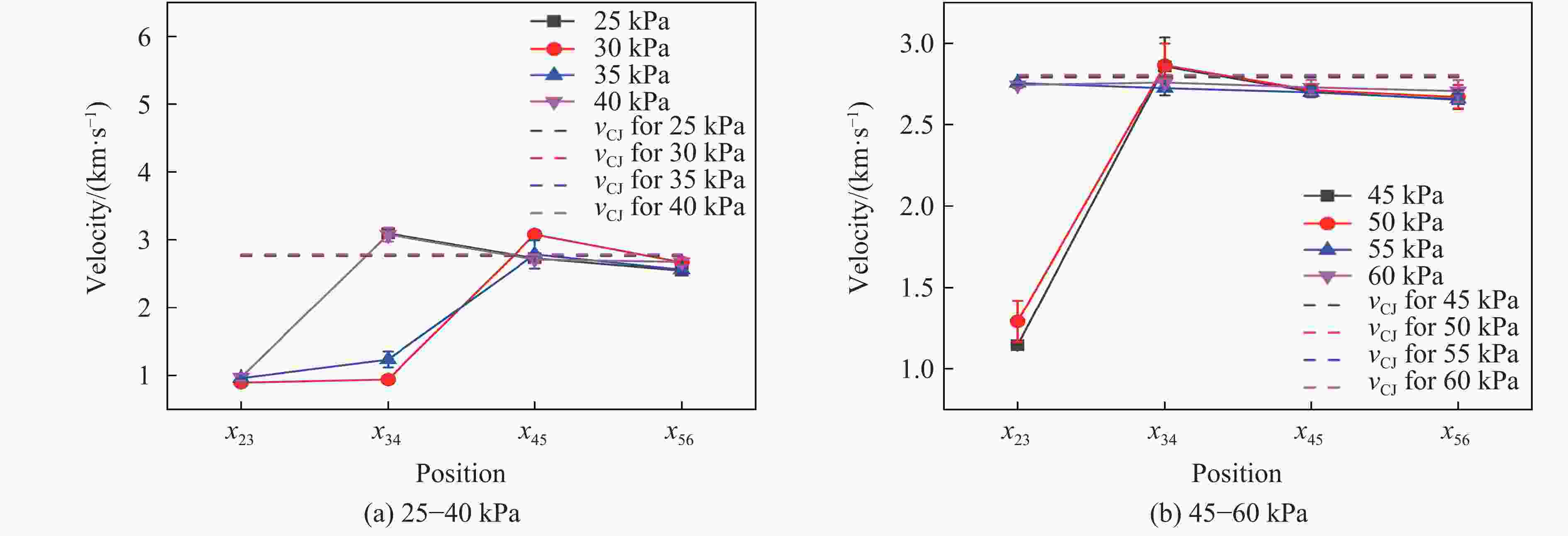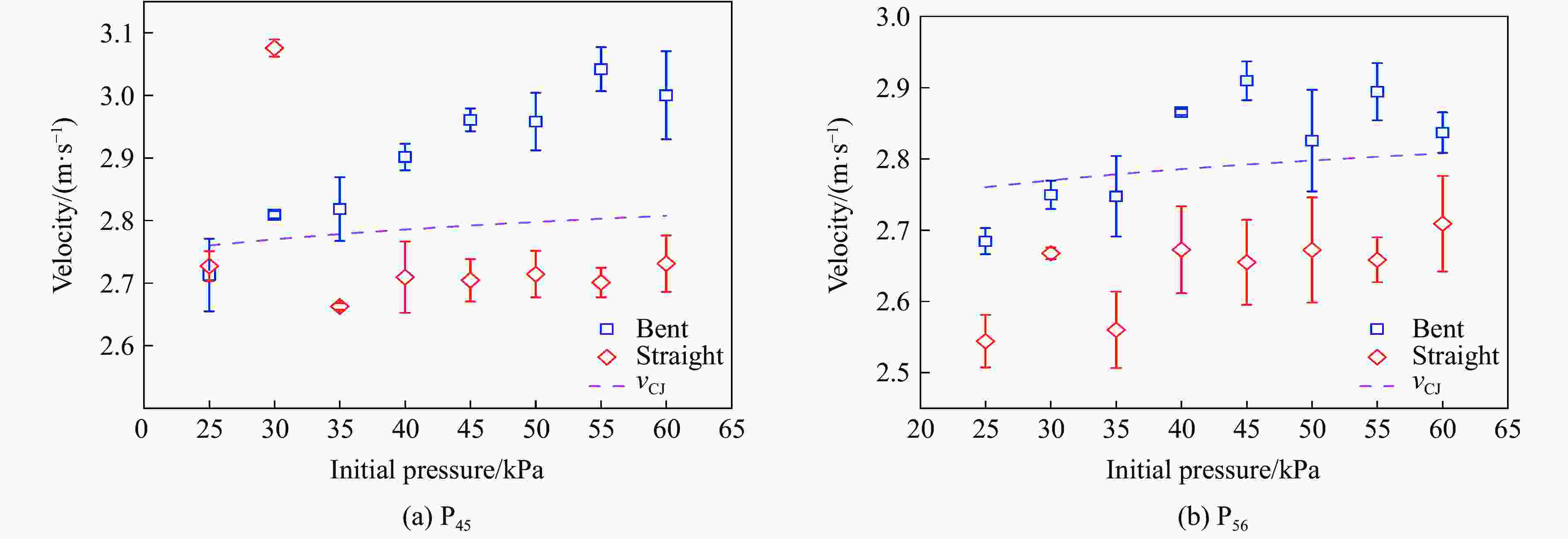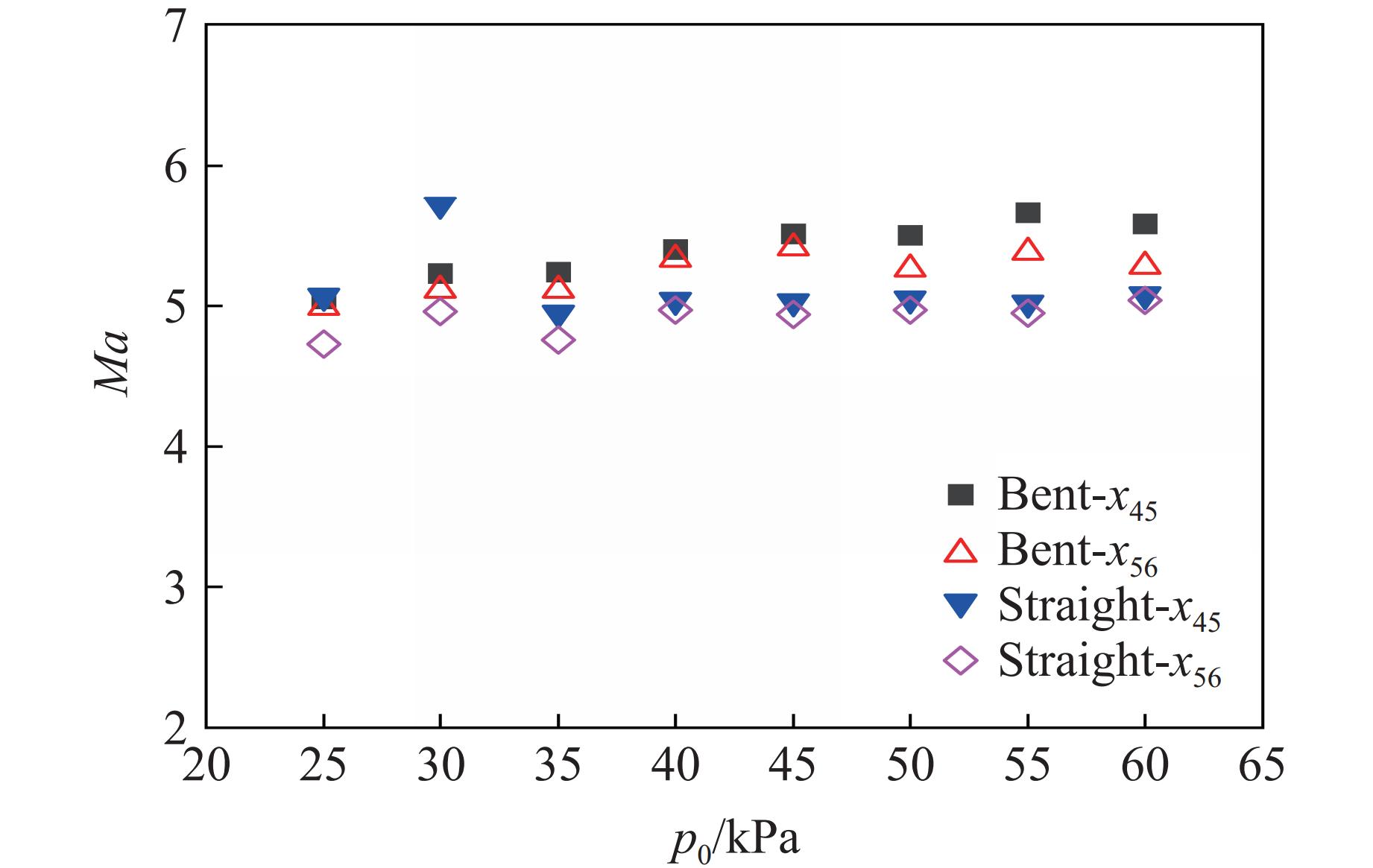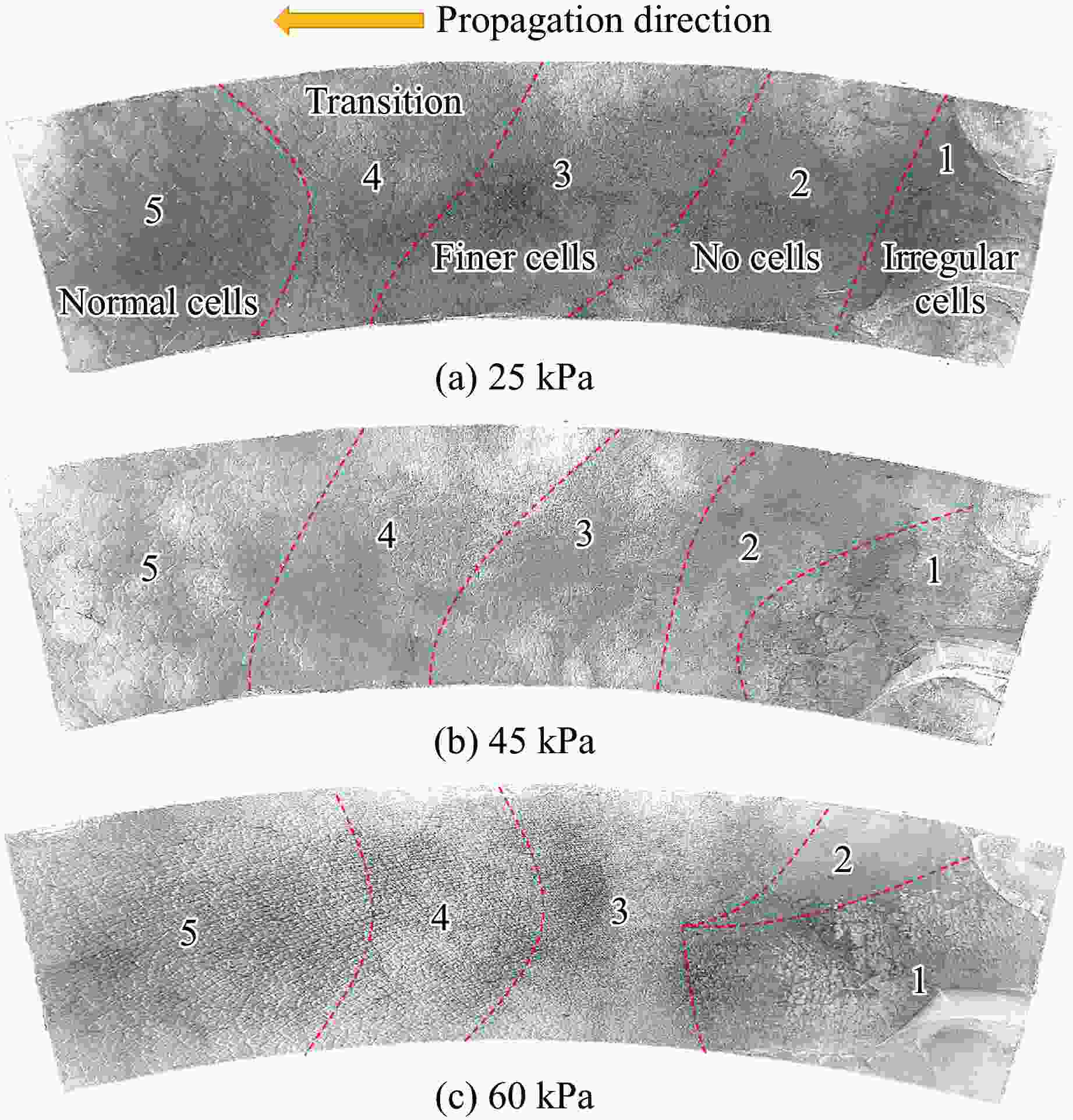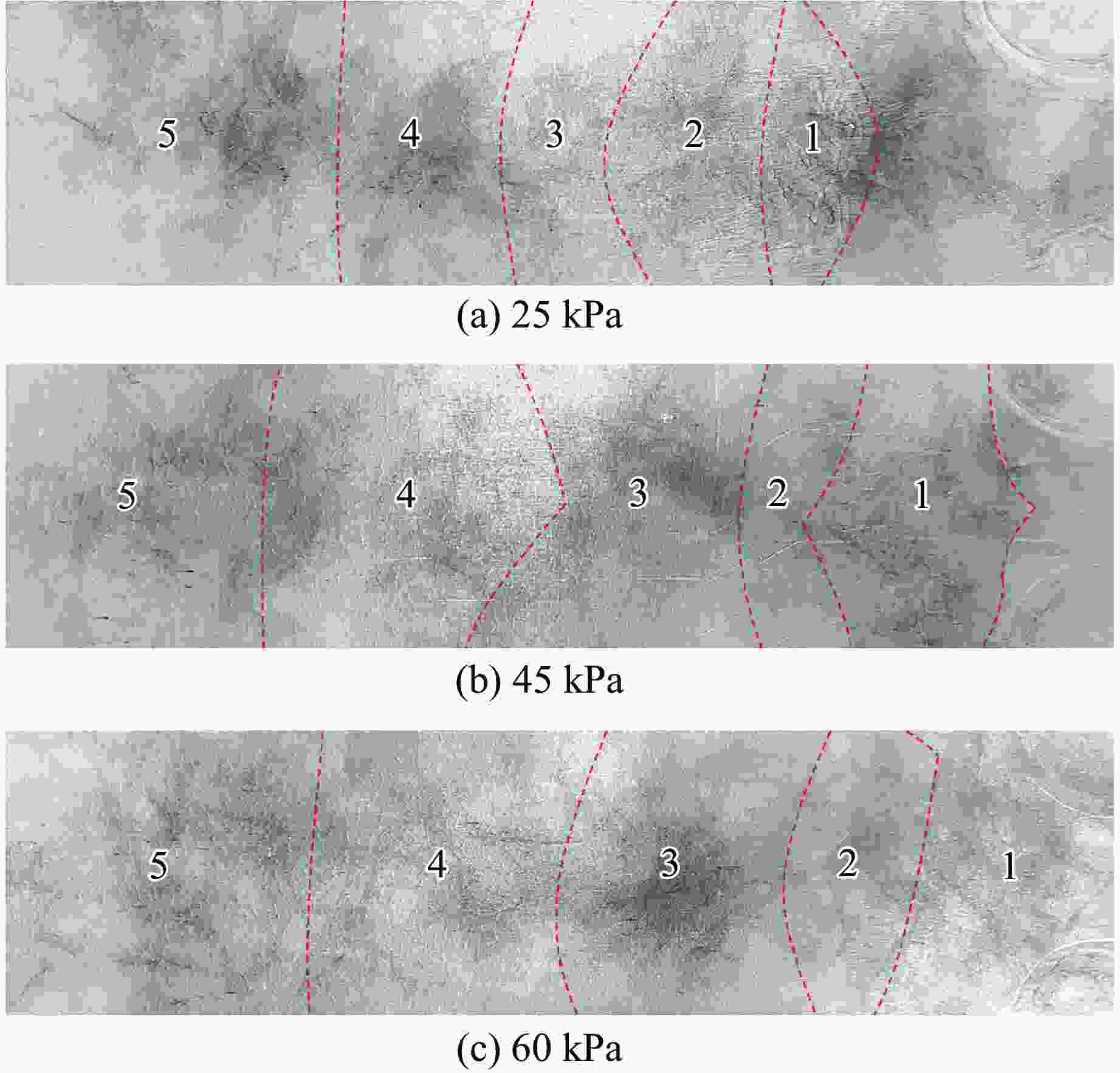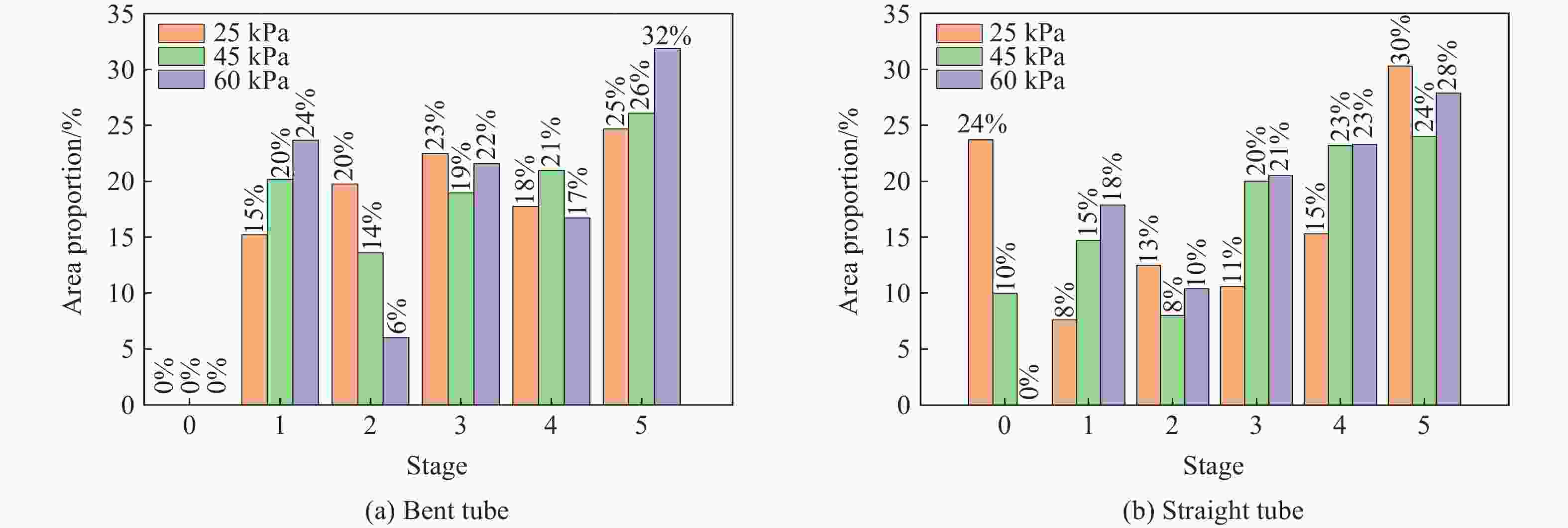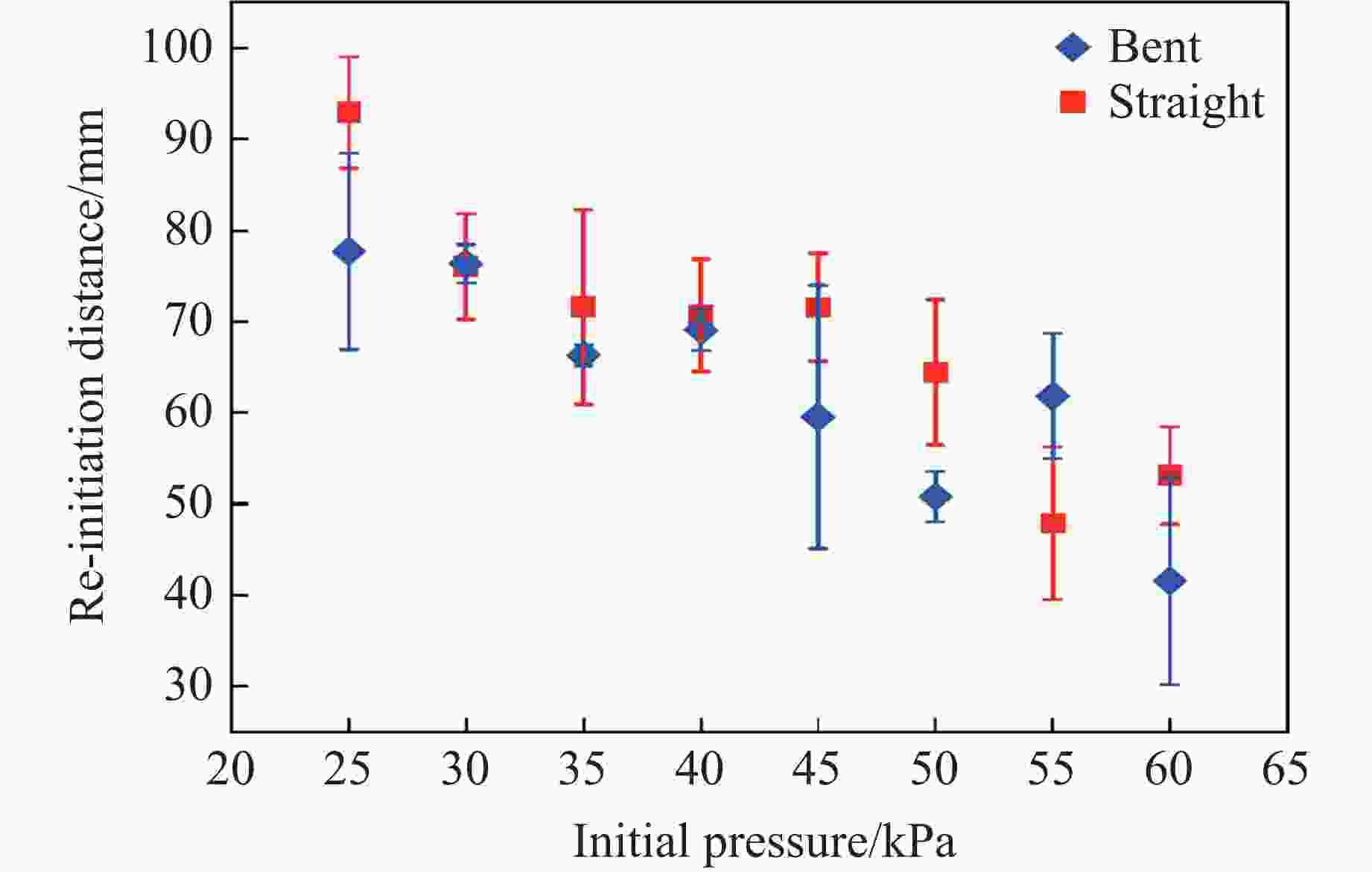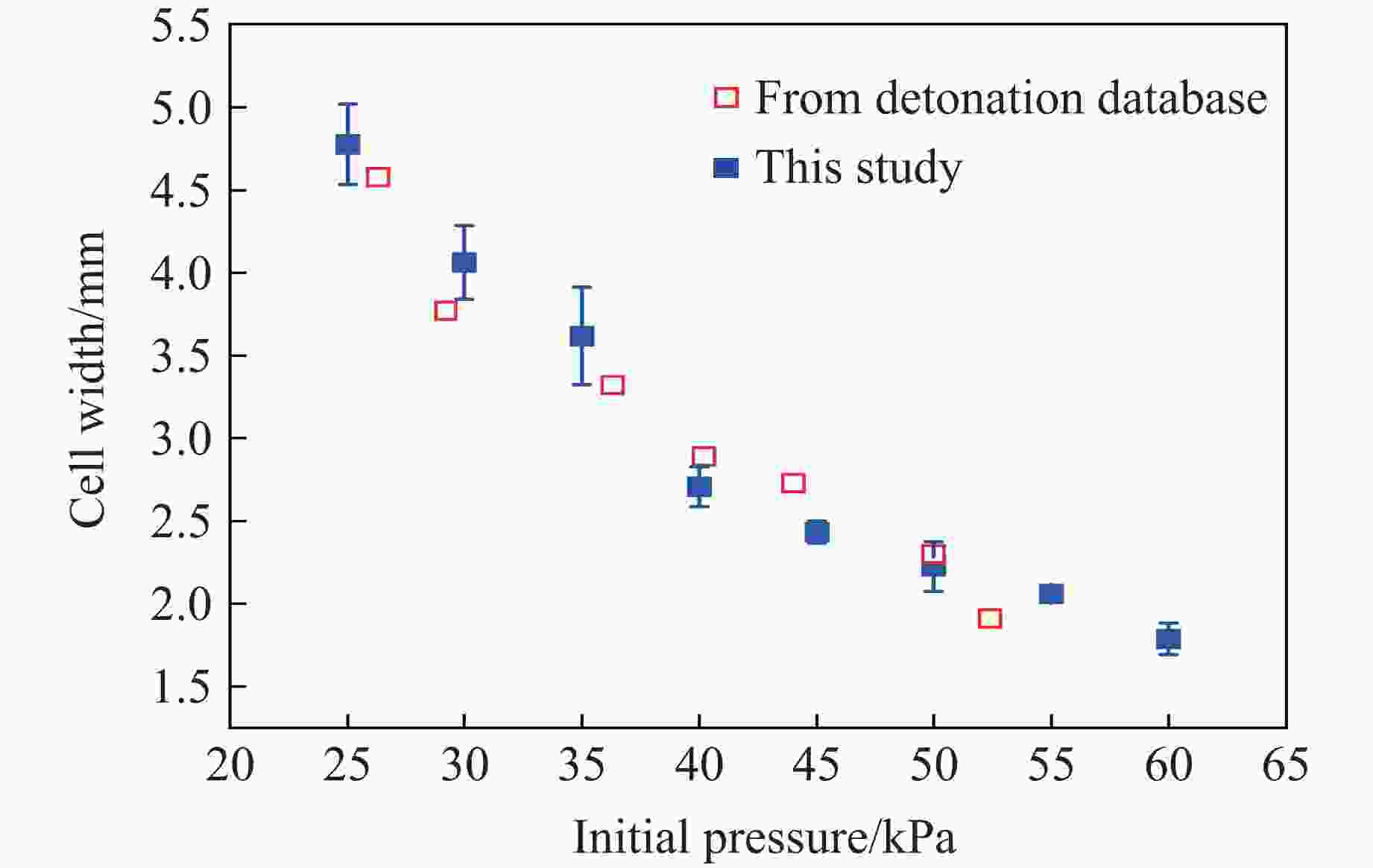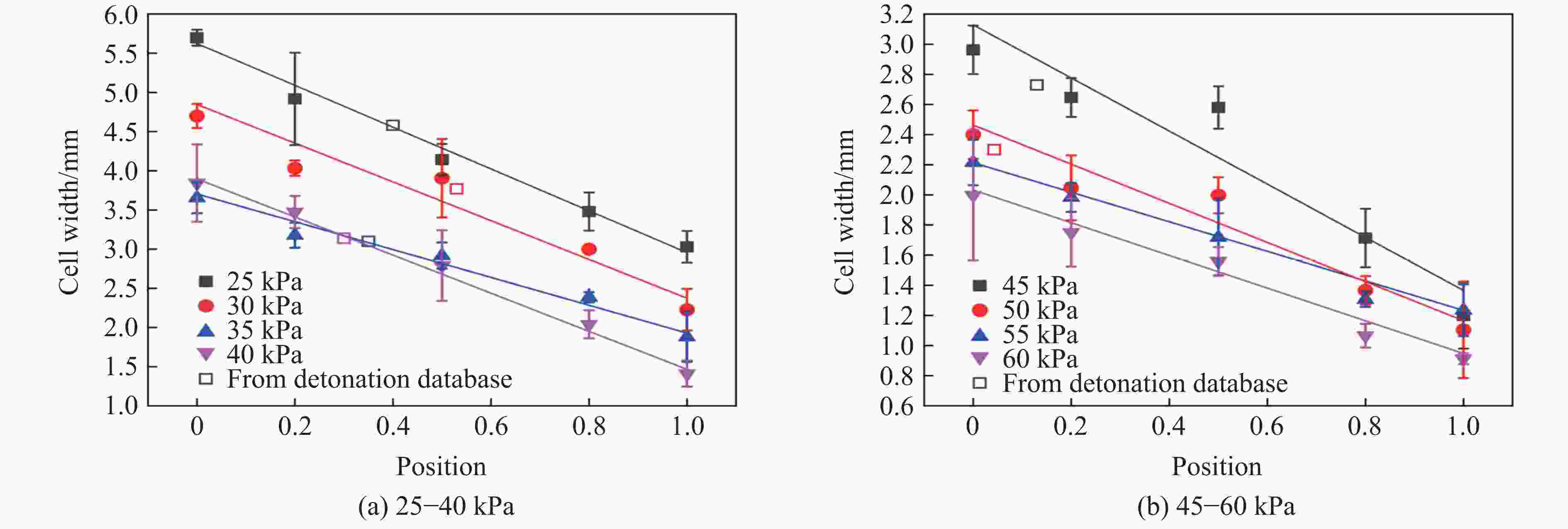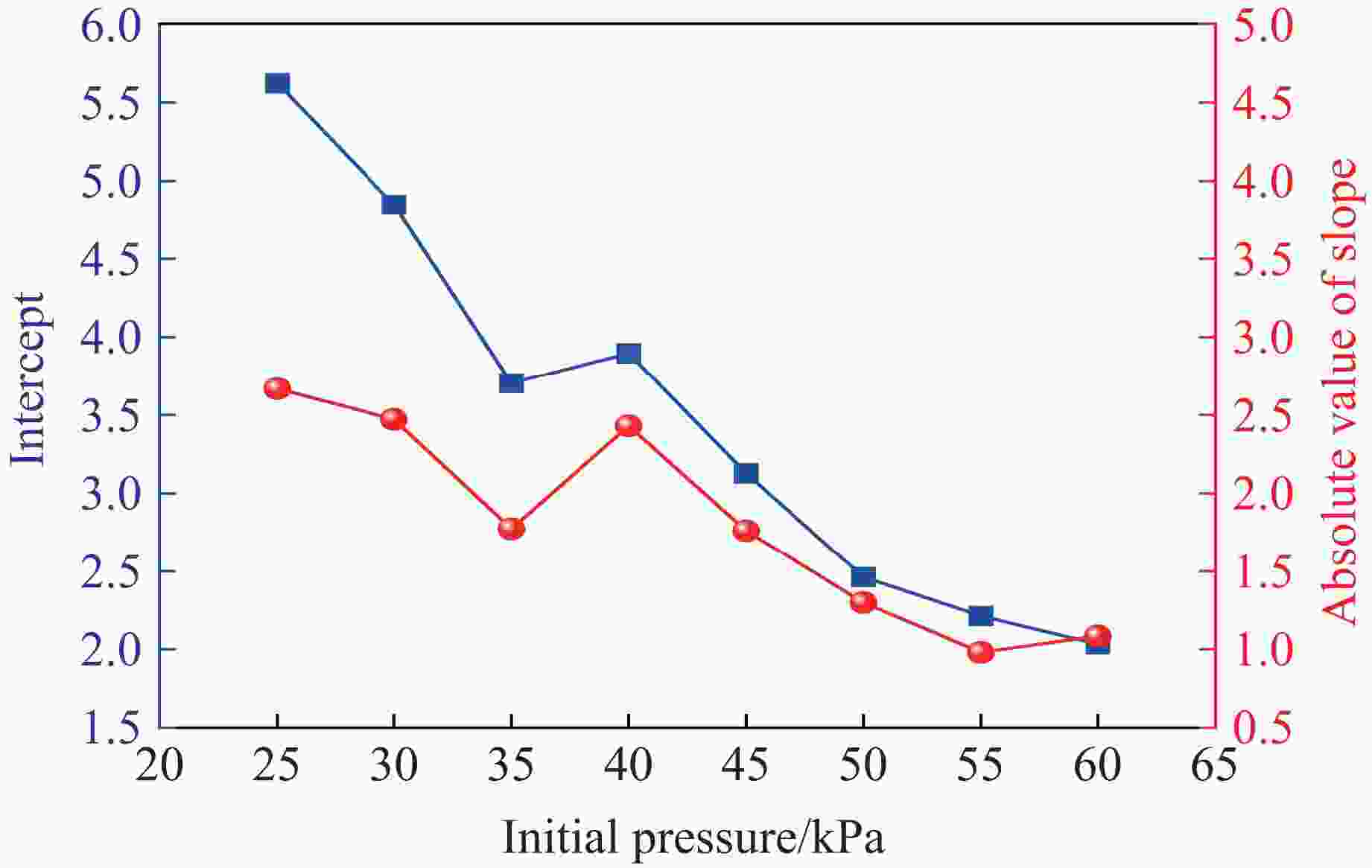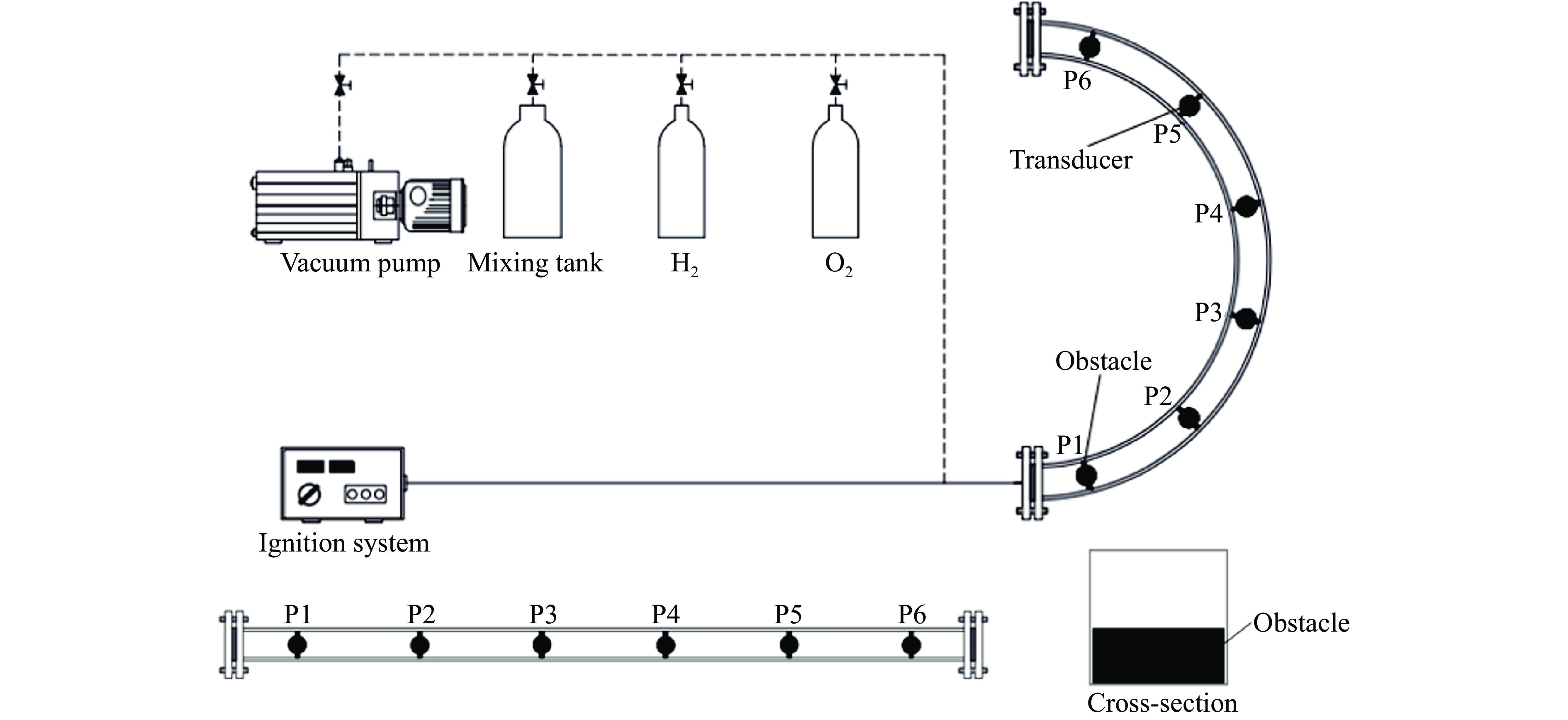| [1] |
LEE J H S, MOEN I O. The mechans of transition from deflagration to detonation in vapor cloud explosions [J]. Progress in Energy and Combustion Science, 1980, 6(4): 359–389. doi: 10.1016/0360-1285(80)90011-8
|
| [2] |
LU F K, BRAUN E M. Rotating detonation wave propulsion: experimental challenges, modeling, and engine concepts [J]. Journal of Propulsion and Power, 2014, 30(5): 1125–1142. doi: 10.2514/1.B34802
|
| [3] |
MEHR S H, CICCARELLI G. DDT run-up distance in an obstructed tube [J]. Combustion and Flame, 2023, 255: 112906. doi: 10.1016/j.combustflame.2023.112906
|
| [4] |
PERALDI O, KNYSTAUTAS R, LEE J H. Criteria for transition to detonation in tubes [J]. Symposium (International) on Combustion, 1988, 21(1): 1629–1637. doi: 10.1016/S0082-0784(88)80396-5
|
| [5] |
KUZNETSOV M, ALEKSEEV V, MATSUKOV I, et al. DDT in a smooth tube filled with a hydrogen-oxygen mixture [J]. Shock Waves, 2005, 14(3): 205–215. doi: 10.1007/s00193-005-0265-6
|
| [6] |
ENDO T, KASAHARA J, MATSUO A, et al. Pressure history at the thrust wall of a simplified pulse detonation engine [J]. AIAA Journal, 2004, 42(9): 1921–1930. doi: 10.2514/1.976
|
| [7] |
贺顺江, 任会兰, 李健. 环形通道内爆轰波的起爆机制 [J]. 高压物理学报, 2023, 37(1): 015202. doi: 10.11858/gywlxb.20220610HE S J, REN H L, LI J. Initiation mechanism of detonation wave in an annular channel [J]. Chinese Journal of High Pressure Physics, 2023, 37(1): 015202. doi: 10.11858/gywlxb.20220610
|
| [8] |
NAKAYAMA H, MORIYA T, KASAHARA J, et al. Stable detonation wave propagation in rectangular-cross-section curved channels [J]. Combustion and Flame, 2012, 159(2): 859–869. doi: 10.1016/j.combustflame.2011.07.022
|
| [9] |
YUAN X Q, ZHOU J, LIN Z Y, et al. Adaptive simulations of detonation propagation in 90-degree bent tubes [J]. International Journal of Hydrogen Energy, 2016, 41(40): 18259–18272. doi: 10.1016/j.ijhydene.2016.07.130
|
| [10] |
齐骏, 潘振华, 张彭岗, 等. 弯管内连续旋转爆轰波传播模式实验研究 [J]. 工程热物理学报, 2017, 38(2): 435–439.QI J, PAN Z H, ZHANG P G, et al. Experimental study on the propagation mode of continuous rotating detonation through the bend [J]. Journal of Engineering Thermophysics, 2017, 38(2): 435–439.
|
| [11] |
FROLOV S M, AKSENOV V S, SHAMSHIN I O. Shock wave and detonation propagation through U-bend tubes [J]. Proceedings of the Combustion Institute, 2007, 31(2): 2421–2428. doi: 10.1016/j.proci.2006.07.197
|
| [12] |
OTSUKA S, SUZUKI M, YAMAMOTO M. Numerical investigation on detonation wave through U-bend [J]. Journal of Thermal Science, 2010, 19(6): 540–544. doi: 10.1007/s11630-010-0421-x
|
| [13] |
ZHENG H T, ZHU W L, JIA X B, et al. Eulerian-Lagrangian modeling of deflagration to detonation transition in n-decane/oxygen/nitrogen mixtures [J]. Physics of Fluids, 2022, 34(12): 126110. doi: 10.1063/5.0125327
|
| [14] |
LUO C, ZANGANEH J, MOGHTADERI B. A 3D numerical study of detonation wave propagation in various angled bending tubes [J]. Fire Safety Journal, 2016, 86: 53–64. doi: 10.1016/j.firesaf.2016.10.002
|
| [15] |
KUDO Y, NAGURA Y, KASAHARA J, et al. Oblique detonation waves stabilized in rectangular-cross-section bent tubes [J]. Proceedings of the Combustion Institute, 2011, 33(2): 2319–2326. doi: 10.1016/j.proci.2010.08.008
|
| [16] |
王昌建, 徐胜利, 郭长铭. 气相爆轰波在半圆形弯管中传播现象的实验研究 [J]. 爆炸与冲击, 2003, 23(5): 448–453. doi: 10.11883/1001-1455(2003)05-0448-6WANG C J, XU S L, GUO C M. Experimental investigation on gaseous detonation propagation through a semi-circle bend tube [J]. Explosion and Shock Waves, 2003, 23(5): 448–453. doi: 10.11883/1001-1455(2003)05-0448-6
|
| [17] |
LI J, REN H L, NING J G. Numerical application of additive Runge-Kutta methods on detonation interaction with pipe bends [J]. International Journal of Hydrogen Energy, 2013, 38(21): 9016–9027. doi: 10.1016/j.ijhydene.2013.04.126
|
| [18] |
PAN Z H, CHEN K P, QI J, et al. The propagation characteristics of curved detonation wave: experiments in helical channels [J]. Proceedings of the Combustion Institute, 2019, 37(3): 3585–3592. doi: 10.1016/j.proci.2018.06.167
|
| [19] |
RODRIGUEZ V, JOURDAIN C, VIDAL P, et al. An experimental evidence of steadily-rotating overdriven detonation [J]. Combustion and Flame, 2019, 202: 132–142. doi: 10.1016/j.combustflame.2019.01.016
|
| [20] |
褚驰, 翁春生, 武郁文, 等. 基于预爆轰点火方式的连续旋转爆轰发动机起爆过程分析 [J]. 弹道学报, 2021, 33(1): 1–10. doi: 10.12115/j.issn.1004-499X(2021)01-001CHU C, WENG C S, WU Y W, et al. Analysis of initiation process of continuous rotating detonation engine based on pre-detonation ignition [J]. Journal of Ballistics, 2021, 33(1): 1–10. doi: 10.12115/j.issn.1004-499X(2021)01-001
|
| [21] |
LEE S H, JO D R, CHOI J Y. Effect of curvature on the detonation wave propagation characteristics in annular channels [C]//46th AIAA Aerospace Sciences Meeting and Exhibit. Reno: AIAA, 2008.
|
| [22] |
LI J, NING J G, ZHAO H, et al. Numerical investigation on the propagation mechanism of steady cellular detonations in curved channels [J]. Chinese Physics Letters, 2015, 32(4): 048202. doi: 10.1088/0256-307X/32/4/048202
|
| [23] |
ZHOU N, WANG W X, ZHANG G W, et al. Numerical simulation study on the combustion rule of bending structure in pipes [J]. Combustion Science and Technology, 2018, 190(9): 1500–1514. doi: 10.1080/00102202.2018.1424142
|
| [24] |
YAN C A, NG H D, MI X C. A numerical study on the influence of increased instability of quasi-detonation on the critical tube diameter phenomenon [J]. Proceedings of the Combustion Institute, 2023, 39(3): 2835–2845. doi: 10.1016/j.proci.2022.11.007
|
| [25] |
王鲁庆, 马宏昊, 王波, 等. 氢气/甲烷-空气爆轰波在含环形障碍物圆管内传播的试验研究 [J]. 高压物理学报, 2018, 32(3): 035203. doi: 10.11858/gywlxb.20170687WANG L Q, MA H H, WANG B, et al. Detonation propagation in hydrogen/methane-air mixtures in a round tube filled with orifice plates [J]. Chinese Journal of High Pressure Physics, 2018, 32(3): 035203. doi: 10.11858/gywlxb.20170687
|
| [26] |
MONNIER V, RODRIGUEZ V, VIDAL P, et al. An analysis of three-dimensional patterns of experimental detonation cells [J]. Combustion and Flame, 2022, 245: 112310. doi: 10.1016/j.combustflame.2022.112310
|
| [27] |
MELGUIZO-GAVILANES J, RODRIGUEZ V, VIDAL P, et al. Dynamics of detonation transmission and propagation in a curved chamber: a numerical and experimental analysis [J]. Combustion and Flame, 2021, 223: 460–473. doi: 10.1016/j.combustflame.2020.09.032
|
| [28] |
PAN Z H, QI J, PAN J F, et al. Fabrication of a helical detonation channel: effect of initial pressure on the detonation propagation modes of ethylene/oxygen mixtures [J]. Combustion and Flame, 2018, 192: 1–9. doi: 10.1016/j.combustflame.2018.01.041
|
| [29] |
BALLOSSIER Y, VIROT F, MELGUIZO-GAVILANES J. Flame acceleration and detonation onset in narrow channels: simultaneous schlieren visualization [J]. Combustion and Flame, 2023, 254: 112833. doi: 10.1016/j.combustflame.2023.112833
|
| [30] |
SUN X X, LU S X. Effect of obstacle thickness on the propagation mechanisms of a detonation wave [J]. Energy, 2020, 198: 117186. doi: 10.1016/j.energy.2020.117186
|
| [31] |
KANESHIGE M, SHEPHERD J E. Detonation database [DB/OL]. (1997-07-30)[2025-01-17]. https://shepherd.caltech.edu/EDL/publications/m_kane97b/db.pdf.
|
| [32] |
齐骏. 爆轰波在多层弯管中传播特性的研究 [D]. 镇江: 江苏大学, 2018: 42–43.QI J. Study on the propagation characteristics of detonation wave in multi-layer bend tube [D]. Zhenjiang: Jiangsu University, 2018: 42–43.
|






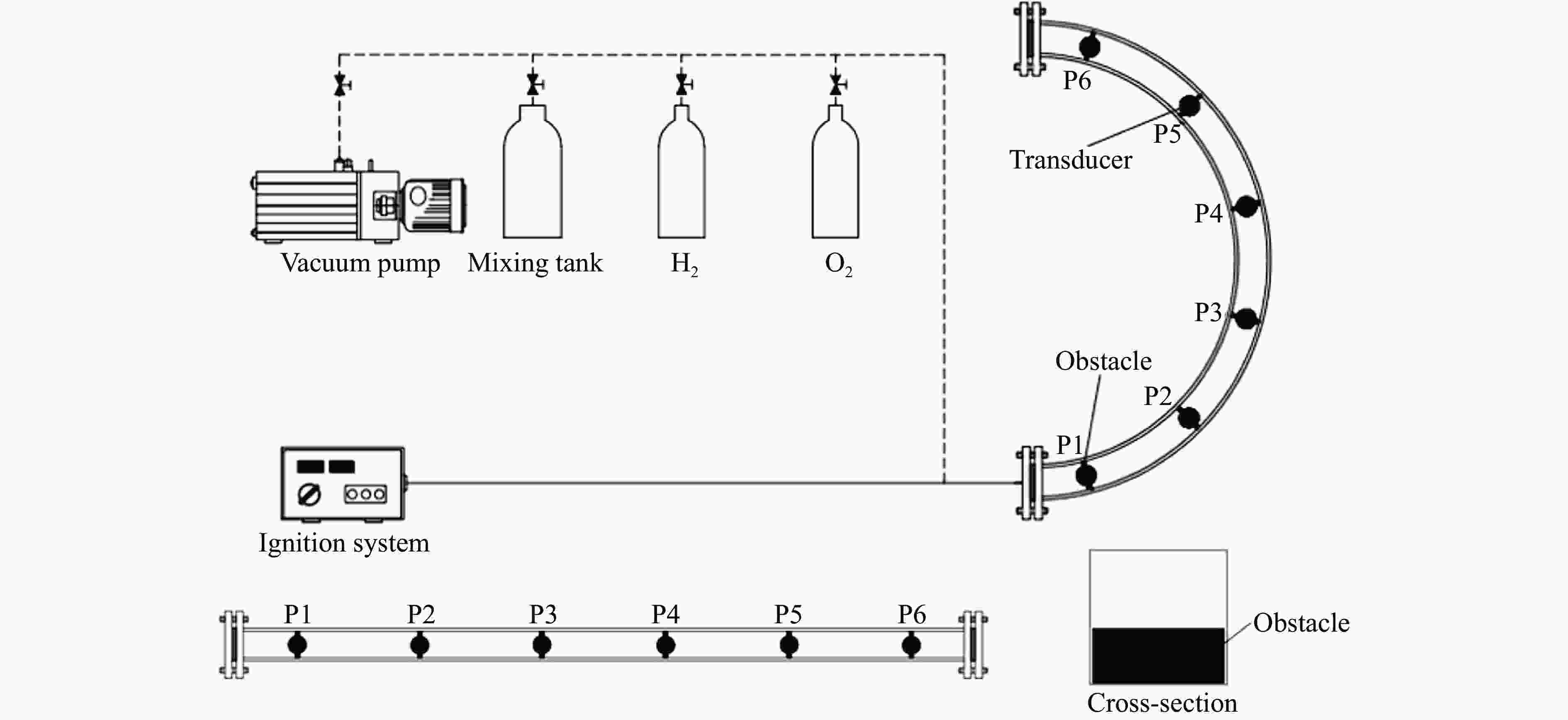
 下载:
下载:
